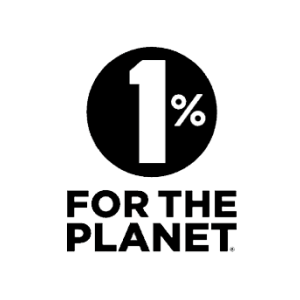Everything you want (and don’t want) to know about keeping your skin protected this summer.
What’s there to learn about sunscreen?
A whole lot, actually! When in doubt, the best way to protect yourself from the sun’s rays is to wear protective clothing… but when you’re ready to soak up some Vitamin D this summer, stick to this sunscreen buying guide and you can’t go wrong!
Share these facts with friends and family to ensure they’re protecting their skin without causing unnecessary harm to their health or the health of the planet.
1 | Mineral Sunscreen vs Chemical Sunscreen
Mineral sunscreens (the good stuff) act as a physical barrier between your skin and the sun. Minerals like zinc-oxide reflect the sunlight so that it bounces off your skin and prevents you from burning.
Chemical sunscreens (the bad stuff) contain chemicals that sink into your skin to absorb the sun’s UV rays. Common chemicals in these formulas include things like oxybenzone and octinoxate.
Read more: Physical vs Chemical Sunscreen: What’s the Difference?
2 | Oxybenzone is bad news for coral reefs.
Oxybenzone is an ingredient found in most chemical sunscreens. It is known to inhibit coral’s ability to reproduce, damage coral DNA, and is linked to coral bleaching and endocrine disruption. The damaging effects of oxybenzone, octinoxate, and other chemicals in sunscreens has urged places like Hawaii, Key West, and Palau to ban sunscreens with these ingredients in them.
Read more: What is Oxybenzone?
3 | Know the ingredients!
It wouldn’t be a sunscreen guide if we didn’t discuss the harmful ingredients to avoid when shopping. Sunscreens affect human health too. Oxybenzone has been found in urine and breast milk of people who use chemical sunscreen. Avobenzone and octocrylene are skin irritants; parabens mess with hormones. The list goes on.
There is still much more research that needs to be done on the damaging effects of oxybenzone on human health, so while we wait for scientists to do their thing, we recommend playing it safe and sticking with mineral sunscreens in the meantime. If it’s safe for the reefs, it’s safe for you.
Read More: Natural Skincare Ingredients
4 | Any sunscreen with an SPF greater than 50 is misleading.
When looking at SPF sunscreen guides, keep in mind that the FDA is now proposing a cap of SPF 60+ to ensure consumers are reapplying properly (and frequently). For proper protection, be sure to reapply sunscreen every two hours, or every 80 minutes if you are in the water.
Note: 2/3rds of SPF products on the market today would not pass the 2019 FDA proposed UVA standards.
Read more: Does a Higher SPF Protect My Skin Better?
5 | Not all zinc is created equal.
Nano sized particles of zinc are microscopic, can be consumed or absorbed by marine life, and are disruptive to the reef-growth process. Any high-quality sunscreen guide will tell you to look for non-nanoparticle zinx oxide as an active ingredient in your sunscreens to ensure you have the best quality.
Do What’s Best for Your Skin!
So there you have it, the ultimate summer sunscreen guide! Shop #ReefFriendly Sunscreens today to ensure your skin is always protected, while also preserving this wonderful world we live in.






